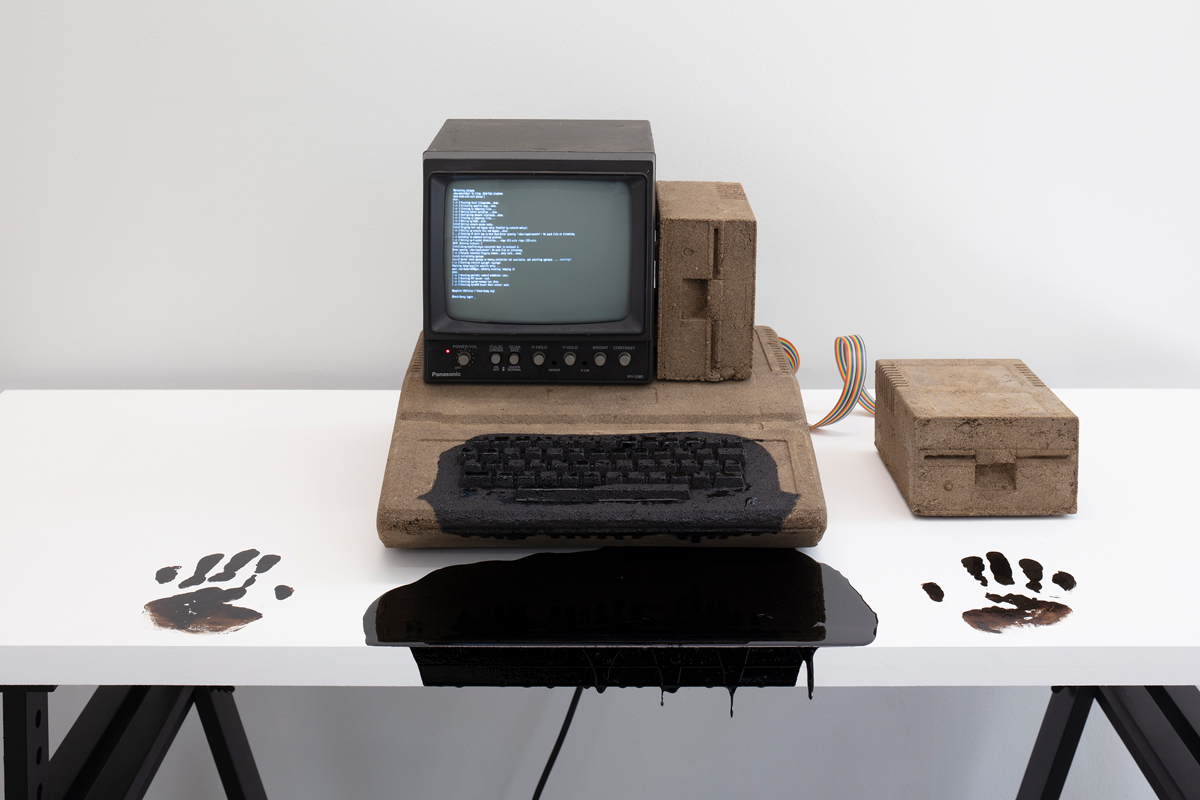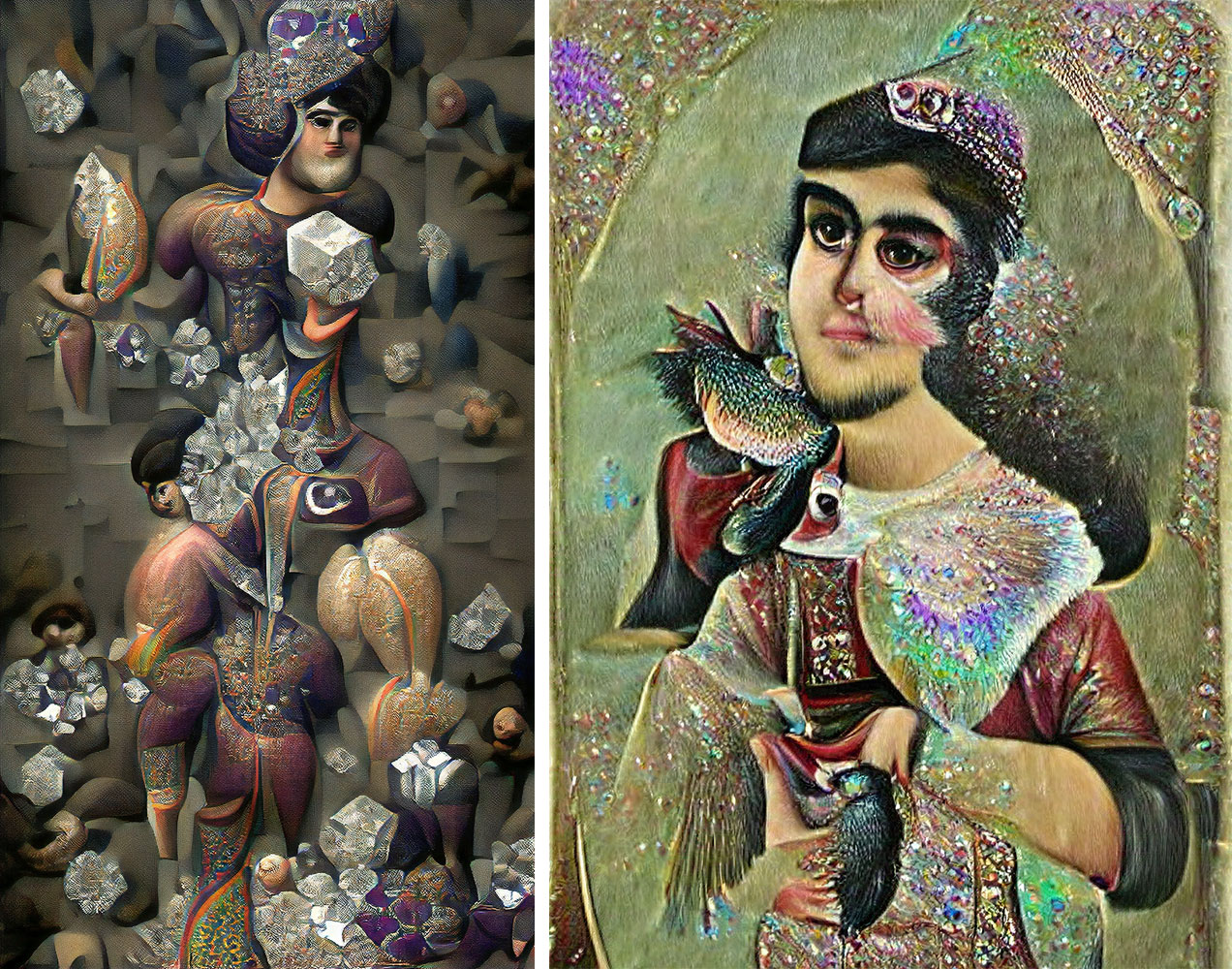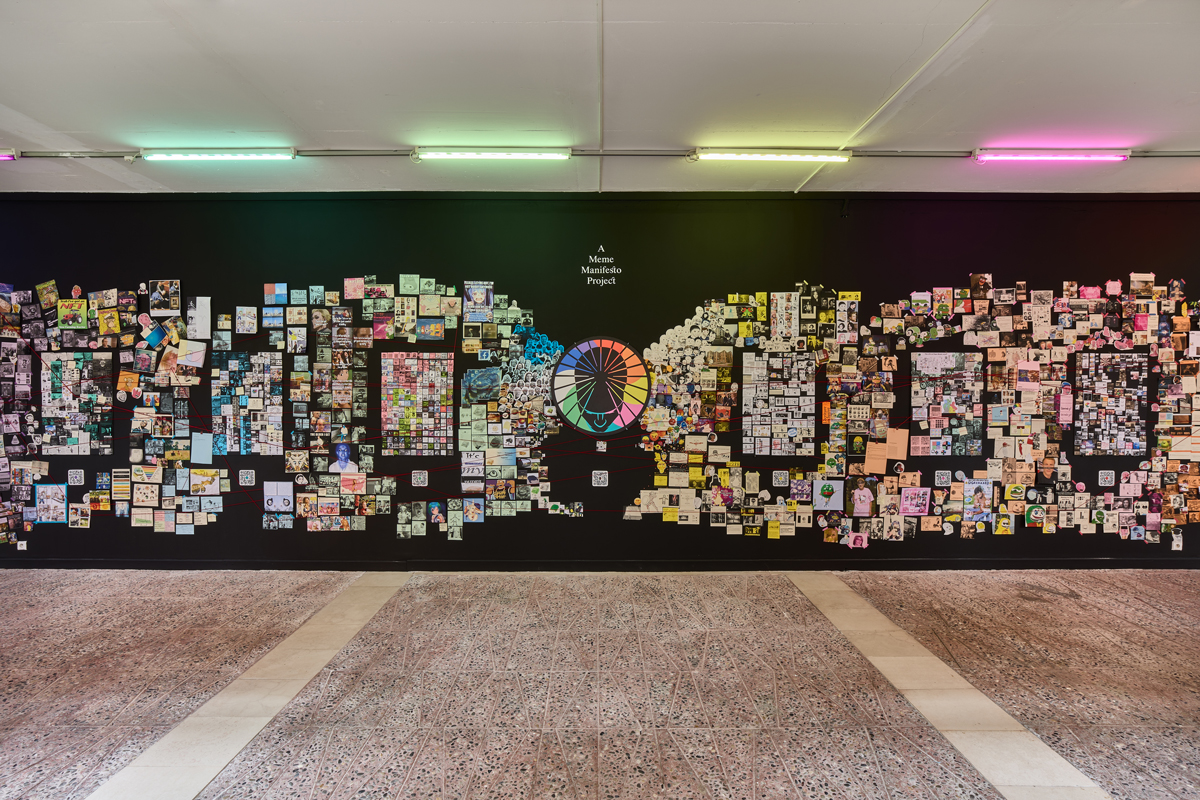ART CITIES: Berlin-Poetics of Encryption
 Though we rely on digital tools for many things, we rarely understand how they work. Moreover, due to the proprietary nature of much corporate tech, even the most curious among us cannot gain deeper insight. Today, we are forced to come to terms with our relative lack of power in the face of inscrutable systems.
Though we rely on digital tools for many things, we rarely understand how they work. Moreover, due to the proprietary nature of much corporate tech, even the most curious among us cannot gain deeper insight. Today, we are forced to come to terms with our relative lack of power in the face of inscrutable systems.
By Dimitris Lempesis
Photo: KW Institute for Contemporary Art Archive
The group exhibition at KW builds upon the recent book by Nadim Samman titled “Poetics of Encryption: Art and the Technocene”. It surveys an imaginative landscape marked by Black Sites, Black Boxes, and Black Holes—terms that indicate how technical systems capture users, how they work in stealth, and how they distort cultural space-time. These themes form the basis three chapters that play out across all gallery floors at KW. Spanning analogue and digital media, the exhibition features both historic and newly commissioned works by more than 40 international artists. The exhibition explores how artists picture our relationship with inscrutable tech, through three thematic frames. “Black Site”, “Black Box”, and “Black Hole”. These metaphors address the way encrypted objects are negotiated in the course of everyday life, and the way they order concepts of embodiment—models for where an intelligent human is placed vis a vis the realm of digital secrets and/or hidden mechanisms. Problematizing Silicon Valley claims regarding a new age of transparency and openness, a Poetics of Encryption toggles between enlightened concern and occult dreaming. Morehshin Allahyari shows the video “Moon-faced” (2022), in ancient Persian literature, “moon-faced” was a genderless adjective used to define beauty in both men and women. In contemporary Iran, it refers to the beauty of women only. Art history also registers this flattening. Whereas Qajar Dynasty (1786–1925) portraiture was suffused with what the artist calls “queer representation of gender,” modernization ushered in the collapse of this image culture. For “Moon-faced”, Allahyari employs a carefully chosen series of keywords, and a multimodal AI model, to generate new genderless pictures inspired by the Qajar painting archive. Through this project, Allahyari attempts “to undo and repair a history of Westernization that ended the course of nonbinary gender representation in Persian visual culture.” Emmanuel Van der Auwera’s installation “Videosculpture Xxv (Archons)” (2022) explores the topic of digital immortality, and is partly inspired by the “Horizons 2030” white paper by security specialist Rick Ferguson. This document considers the future impact of AI, cybersecurity, and biotech. In Ferguson’s view, persons in thrall to machine vision will soon lose the ability to distinguish between authentic and synthetic perception. Similarly, the distinction between life and death will become blurred, as the widespread use of avatars based on personal data will, he asserts, make it possible to interact with versions of the deceased. Trevor Paglen for “Because Physical Wounds Heal…” (2022) says: “One genre of ‘outsider art’ that I am most interested in is the unit patches and other emblems that military special operations groups and ‘black’ units wear on their uniforms. These can be rare glimpses into some of the niches of military culture. One of the sculptures in my new body of work is inspired by designs made by Psychological Operations (PSYOPs) units… The Latin inscription on the sculpture is a translation of a slogan they widely use in their material culture: ‘You’ve just been fucked by PSYOP. Because physical wounds heal.’ A second message on the sculpture’s outer ring is available for viewers to attempt to decode”. Clusterduck is an interdisciplinary collective working in the fields of new media studies, design, and transmedia, investigating processes and actors behind the creation of Internet-based content. The site-specific installation “THE DETECTIVE WALL” (2020–24) comprises a physical archive of memes relating to AI, identity politics, esoterism, and more. Teetering on the edge of misadventure, Clusterduck’s project attempts to make sense of the recent memescape, by bringing the art historian Aby Warburg’s approach to image analysis together with the insanity of a TV detective’s crazy wall. Andrea Khora’s “RAPTURE” (2024) explores the convergence of hallucination and 21st century capitalism, through the prism of rising Silicon Valley interest in psychedelic chemicals. It comprises three interlocking narratives: that of a charismatic CEO and his pitch for a psychedelic start-up; an AI animation trained on paraphernalia from the Psychedelic Science Expo 2023; and a first-person narrative by a “navigator,” trying to “find themselves” while falling into what the artist calls the ‘corprodelic’ world. Carsten Nicolai’s “anti” (2004) is a distorted black object, truncated to obtain rhombic and triangular facets—its shape inspired by the geometric solid in Albrecht Dürer’s Melencolia I (1514). Wailing, sometimes shrill, anti’s acoustic dimension is powered by a theremin—a musical instrument that reacts to the invisible magnetic field of human bodies, thus, in the artist’s words, “enabling an interaction … while its mechanism remains hidden.” According to Nicolai, anti “refuses instant recognition” even as it confronts the viewer, “trying to mask its form and disguise its function,” all the while “absorbing information”. Situated in the crypt of KW, Charles Stankievech’s installation “EYE OF SILENCE” (2023) invites meditation on the origin of our encoded images. Connecting deep space with the darkness of the prehistoric cave, the work posits a hallucination at the center of both. After flying over rugged landscapes, the eye of a drone camera enters a cave, where it rests upon a drawing. At this point a sonic and visual shimmer occurs, and the spectator moves through the cave’s wall. The space is now transformed, in scale and materiality, into a digital constellation—with a black hole at its center. Stankievech’s video brings together footage from the Albertan Badlands, the Utah Salt Flats, Icelandic and Japanese volcanoes, and a meteorite crater in the Namibian desert—along with LiDAR scans of caves. The work also comprises sound recordings of solar rays, crackling Arctic ice, and f lowing Yucatán cenotes.
Participating Artists: Nora Al-Badri, Morehshin Allahyari, American Artist, Emmanuel Van der Auwera, Gillian Brett,Émilie Brout & Maxime Marion. Juliana Cerqueira Leite, Julian Charrière, Joshua Citarella, Clusterduck, Juan Covelli, Kate Crawford and Vladan Joler, Simon Denny, Sterling Crispin, Enorê, Roger Hiorns, Tilman Hornig, Rindon Johnson, Vladan Joler, Daniel Keller, Andrea Khôra, Jonna Kina, Eva & Franco Mattes, Jürgen Mayer H., Most Dismal Swamp, New Models, Carsten Nicolai, Simone C Niquille, Trevor Paglen, Matthias Planitzer, Jon Rafman, Rachel Rossin, Sebastian Schmieg, Charles Stankievech, Troika, UBERMORGEN, Nico Vascellari, Zheng Mahler
Photo: American Artist, MOTHER OF ALL DEMOS III, 2022, Dirt, monochrome CRT monitor, computer parts, Linux operating system, subwoofer cable, wood, asphalt, 127 × 150,2 × 77,5 cm, Courtesy the artist and LABOR, Mexico
Info: Curator: Nadim Samman, Assistant Curator: Linda Franken, Curatorial Assistant: Lara Scherrieble, KW Institute for Contemporary Art, Auguststraße 69, Berlin, Germany, Duration: 17/2-26/5/2024, Days & Hours: Mon, Wed & Fri-Sun 11;0-19:00, Thu 11:00-21:00, www.kw-berlin.de/

Right: Troika (Eva Rucki, Conny Freyer & Sebastien Noel), IN A FOREST OF RED, GREEN, AND BLUE (AKTION), 2023, Fused deposition model, 67,5 × 98,5 × 47 cm, Courtesy max goelitz







Center: Roger Hiorns, ‘FILM FOOTAGE OF ‘A RETROSPECTIVE VIEW OF THE PATHWAY’ IPSWICH BURIAL.’ (Video still), 2016– , Video, sound, 94’36”, Courtesy the artist, Corvi-Mora gallery, London, and Annet Gelink gallery, Amsterdam
Right: Daniel Keller, FREEDOM CLUB FIGURE, 2013, Ted Kaczynski’s backpack purchased from a United States government auction, mannequin, Backpack: 79 × 42 × 7 cm, Mannequin: 113 × 43 × 47 cm, Courtesy the artist


